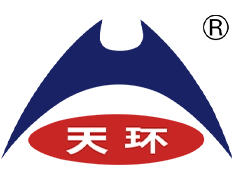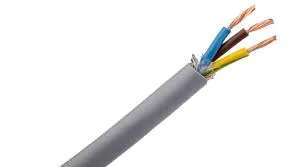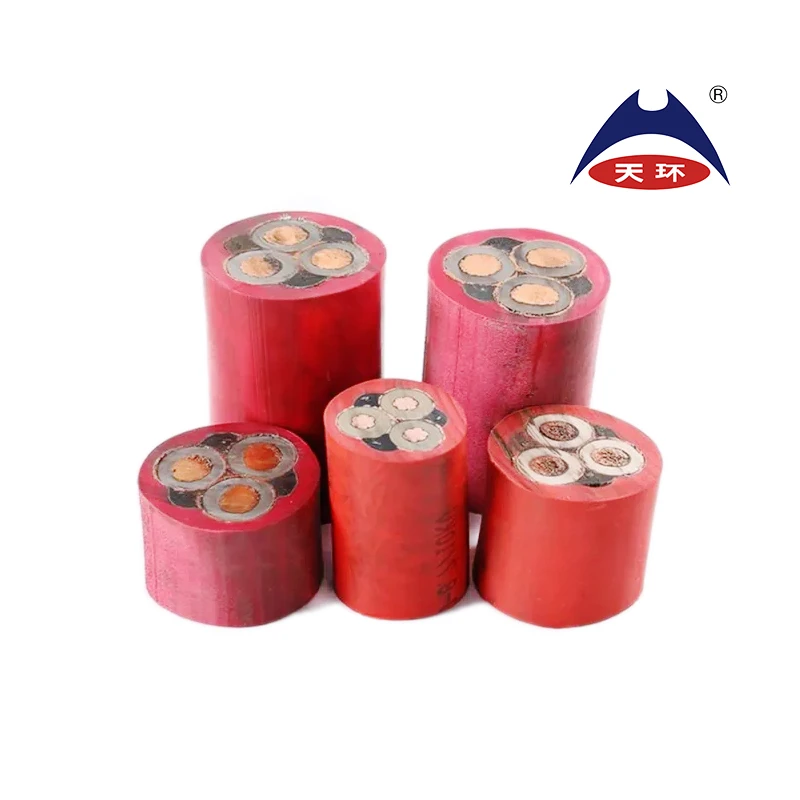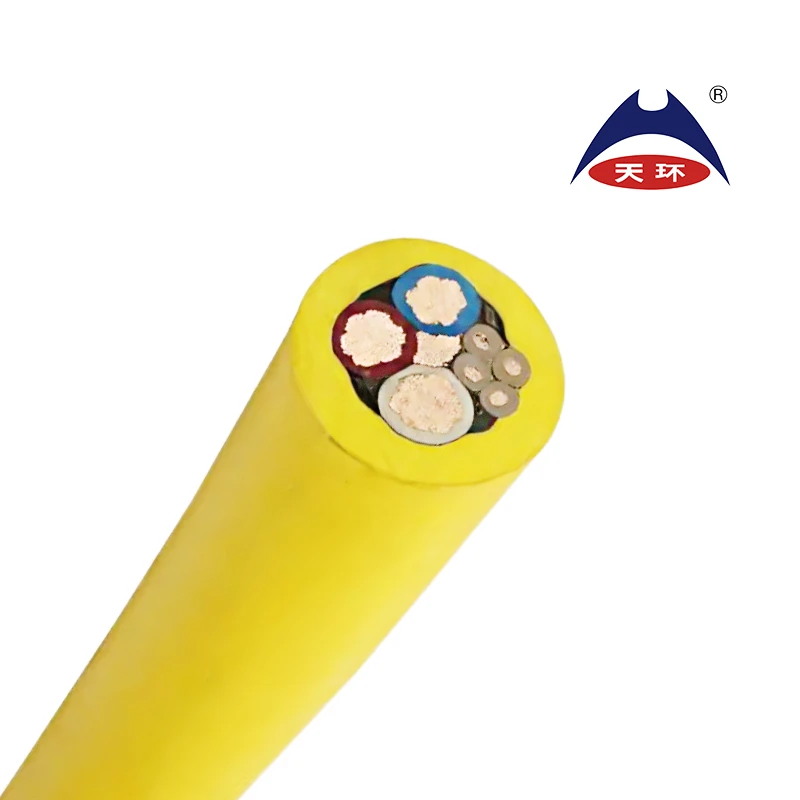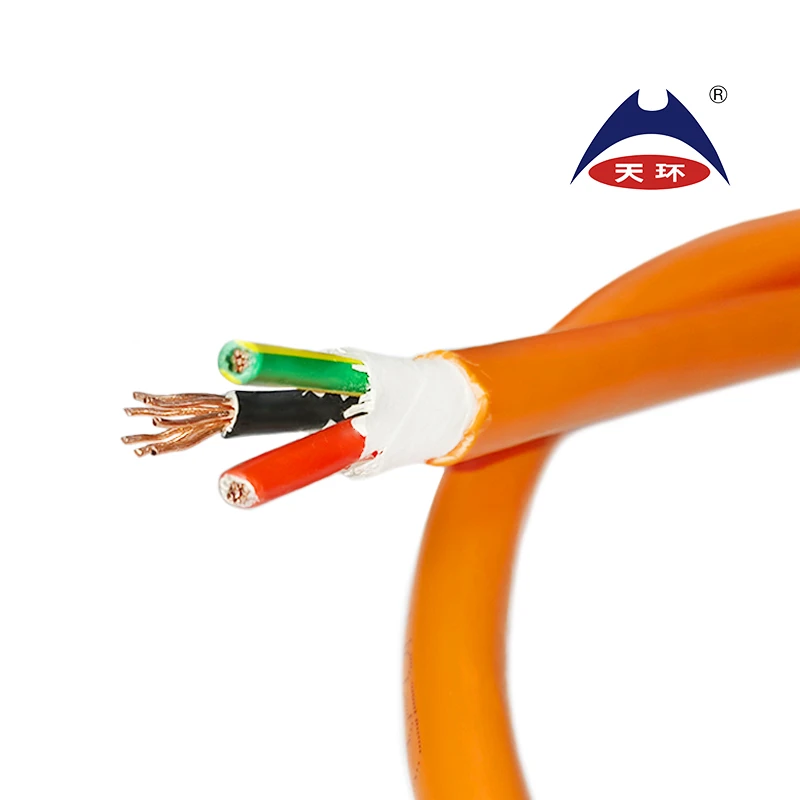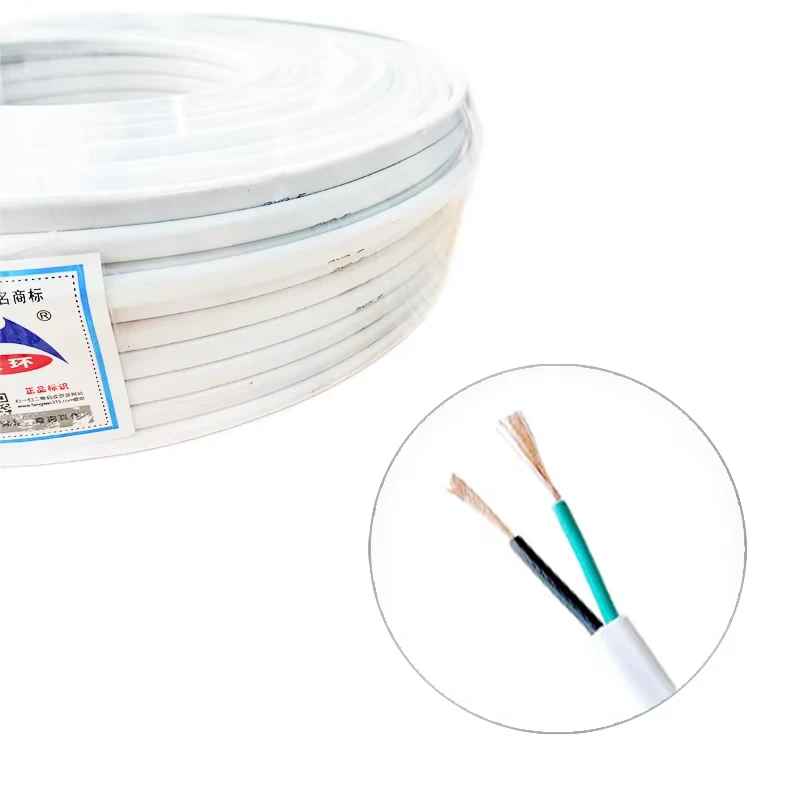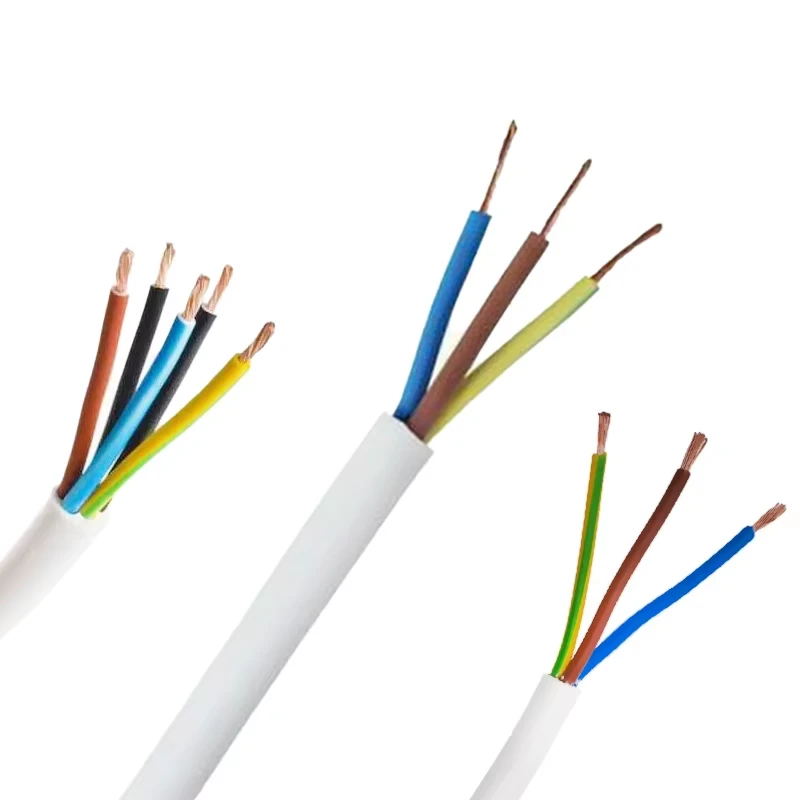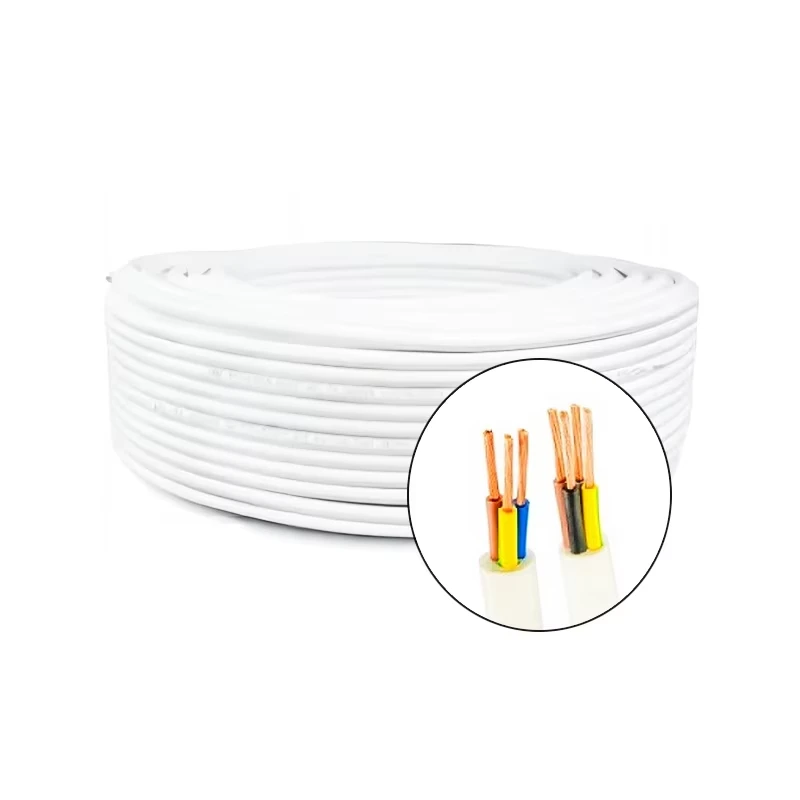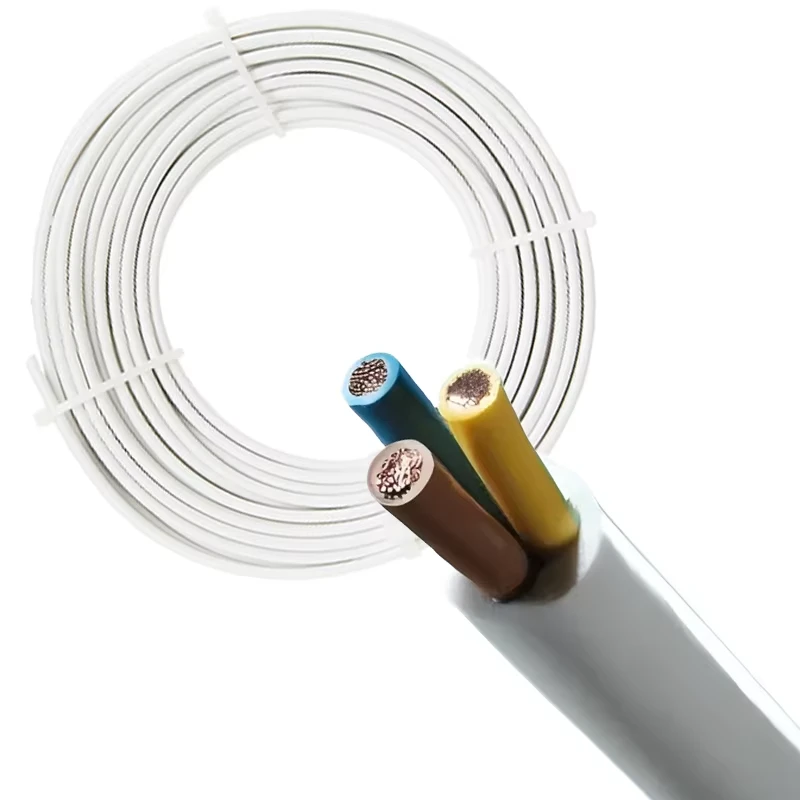Power cables and control cables are instrumentation cable types used in industrial environments and electrical power generation. These cables are almost similar in certain aspects but also have numerous differences. Both kinds of cables for power and control applications are created with PVC, XLPE, PE, steel-wire or sheathed armour, single and multi-conductor, and jacket.
Basically, a power cable is a cable type used for transmitting power from its source to devices. It may also be utilised in manufacturing industrial establishments and in the internal supplies of power. On the other hand, a control cable is a type of cable that connects different field devices from the control room. It is usually created for sending signals from a control device, automation control, and measurement and regulation. Read on to learn more about the differences between power and control cables.
1. FUNCTION
Power cables are considered the cornerstone of the electrical system for huge power transmission and distribution. Low energy and high energy are both transmitted to the equipment from the source. These power cables are typically utilised on the power system’s main lines to transfer and distribute power at every voltage level, from 1 kV to 500 kV and beyond.
On the other hand, control cables are primarily used to distribute power from distribution points to different instrumentation and electrical equipment. The current flowing through the control cable is much less than that of the power cable. One can find control cables with a minimum voltage class of 300 V to 500 V and a cross-section of 0.75 mm2. Meanwhile, the power cable’s cross-sectional area is multiple times larger than the control cables, sometimes reaching 630 mm2.
In terms of function, power cables are utilised in power generation, transmission, transformation, distribution, and power supply lines. On the other hand, control cables are used to directly transmit electrical energy from the power distribution point to the various electrical appliances and equipment.
2XSLH 0.6/1kV Cu Conductors with XLPE Insulated and with Low Smoke Zero Halogen Sheathed Control Cable
2. SHIELDING
A power cable is usually used for the transmission and distribution of the power of huge functions in the power system’s main line. On the other hand, control cables are often utilised for the purposes of automation, control, and measurement. Control cables provide excellent resistance to interference or signal noise.
Hence, control cables are considered suitable for sending low-voltage signals, whereas power cables have the capability to transfer higher energy. During the laying of control cables, it is essential to provide a gap with electrical cables of around 0.2 meters in order to overcome the effects of electromagnetic interference (EMI).
3. COATING AND INSULATION
When it comes to power cables, there are usually requirements for resistance to traction, temperature, corrosion, and compression. On the contrary, the requirements of control cables are relatively low. Thus, most of the time, the sheath and insulation of the power cables are thicker than those of the control cables.
Because power cables are utilised in active environments and transfer plenty of energy, they require excellent sheathing. The sheath in power cables is vigorous and resists an array of external factors, such as temperature and corrosion. The same sheath is not required in control cables, and they commonly have conventional PVC insulation.
CONCLUSION
Overall, although power cables and control cables are almost similar to each other, several differences between them make them distinct from each other. Specifically, their differences in function, shielding, coating, and insulation show that power cables and control cables are not quite the same. Knowing these differences is essential to ensure the proper use of power cables and control cables in residential, commercial, and industrial applications.





